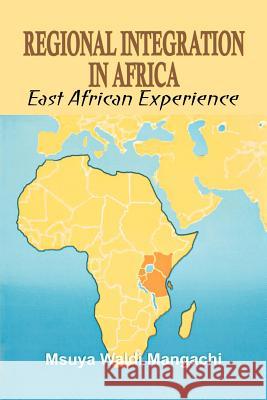Regional Integration in Africa. East African Experience » książka
Regional Integration in Africa. East African Experience
ISBN-13: 9789788431022 / Angielski / Miękka / 2011 / 300 str.
The objective of this book is to investigate various initiatives to integrate the East African region from the colonial period to 2000, when the new East African Community (EAC) was formed. The analysis is focused on the process of integration from 1948 when formal institutions of cooperation were created under the East African High Commission (EAHC), and its transformation in 1961 into the East African Common Services Organisation (EACSO). The author argues that efforts made to integrate the British East African colonial territories of Tanganyika, Kenya, Uganda and Zanzibar, through these organisations, was largely aimed at consolidating colonial and imperial interests; the concentration of most assets and investments in Kenya resulting in inequitable sharing of benefits. He posits that the continuation of these inequalities were carried over to the East African Community in 1966 and led to its collapse, together with different developmental paths followed by the countries. He argues that the EAC formed in 2000 largely due to pressures of globalistion and trade liberalisation; and makes recommendations as to how the EAC can become a truly regional structure.
The objective of this book is to investigate various initiatives to integrate the East African region from the colonial period to 2000, when the new East African Community (EAC) was formed. The analysis is focused on the process of integration from 1948 when formal institutions of cooperation were created under the East African High Commission (EAHC), and its transformation in 1961 into the East African Common Services Organisation (EACSO). The author argues that efforts made to integrate the British East African colonial territories of Tanganyika, Kenya, Uganda and Zanzibar, through these organisations, was largely aimed at consolidating colonial and imperial interests; the concentration of most assets and investments in Kenya resulting in inequitable sharing of benefits. He posits that the continuation of these inequalities were carried over to the East African Community in 1966 and led to its collapse, together with different developmental paths followed by the countries. He argues that the EAC formed in 2000 largely due to pressures of globalistion and trade liberalisation; and makes recommendations as to how the EAC can become a truly regional structure.












